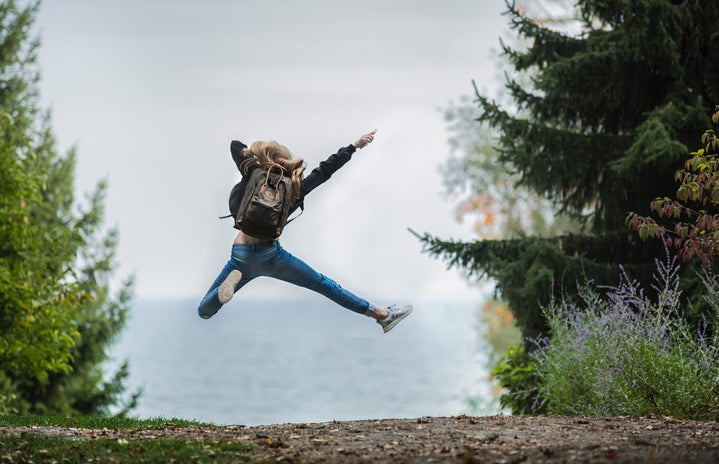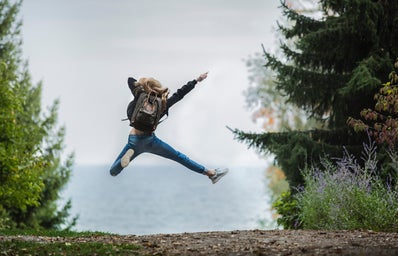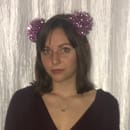Menstruation joins the party whether it’s on the guest list or not. As much as periods interfere with our plans in life, they also interfere with the planet. Throwing away a pack of tampons or pads a month can seem miniscule to all the other trash you create, but the planet doesn’t think so. You don’t have to stop menstruating altogether to care for the planet because there are amazing sustainable alternatives available!
I have always been a pad person. I grew up using sanitary napkins and never once ventured into the scary world of tampons. Heck, I didn’t even understand my own anatomy. They don’t teach you everything in your sixth grade school “talk”. But, I knew I needed to stop using disposable pads because of the amount of trash I was sending to the landfill every month. Minimizing the amount of pads you use can be unsanitary, and either way something is being sent to the landfill at the end of the cycle, so I began researching alternatives.
Despite my nonexistent relationship with tampons, I decided to try out an internal product. I researched all I could about menstrual cups. A menstrual cup is a silicone product that is folded for insertion into your vaginal canal. The cup creates a suction-like seal inside of your body to catch fluids during your cycle. It can be left for up to twelve hours. When it is time to empty it, you simply use your vaginal muscles to “bear down” enough for the cup to be within reach. To break the seal, you can pinch the sides of the cup or fold one side in. Once you have a solid grip on the cup and the seal is broken, the cup can be pulled out.
For a pad person like me, a menstrual cup was super intimidating. Instead of going straight to my local Target and purchasing one to try out, I watched tons of YouTube videos and read a lot of articles on how they work. Education on period products is key. After about two months of research, I finally went and bought a menstrual cup.
Let me tell you, it is an adjustment. A big one if you aren’t used to how your anatomy functions. There is no point in sugar coating it. My menstrual cup experience was painful at first. I went and bought the Saalt regular size cup. Well, my anatomy refused to cooperate and I ended up contacting the company with questions on what I was doing wrong. After a few emails, they were so generous enough to send me a cup made of a softer silicone for sensitive anatomies. Once this cup came in, I tried it out and I am now in love- as in love as someone can be when inserting a silicone cup to catch blood coming from their body.
I will never switch back to disposable period products. Not only is it SUPER beneficial for the environment, it saves you money in just a few months!! My menstrual cup was $30, so it takes five months for me to break even with having a menstrual cup. In a year, including the original cost of the cup, I am going to save $50. In five years I would save almost $400!
Look into switching for more sustainable period products. If you aren’t comfortable with a menstrual cup, you can order period panties or reusable period pads that are rewashed once used.



